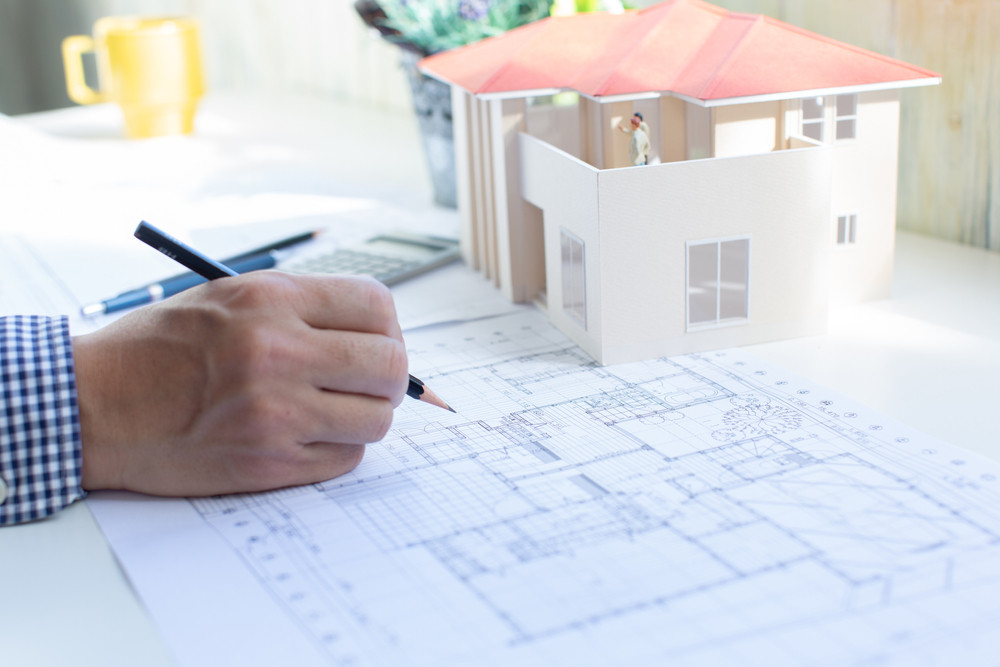Exactly How CDA Architects Supply Cutting-Edge Solutions for Sustainable Design
Exactly How CDA Architects Supply Cutting-Edge Solutions for Sustainable Design
Blog Article
Recognizing the Collaborative Refine Between Engineers and Designers in Modern Building Projects
The joint procedure between designers and designers is necessary in modern-day building tasks, as it integrates design intent with design feasibility. Discovering these characteristics discloses understandings that could substantially affect task outcomes and total industry standards.
The Significance of Partnership
The collaborative synergy between architects and engineers is essential for the successful realization of any construction project. This collaboration brings together unique proficiency and perspectives, enabling the combination of cutting-edge style with useful engineering options. By interacting, engineers and engineers can make sure that a job not just fulfills aesthetic and practical demands but also sticks to security, sustainability, and monetary restrictions.
Cooperation promotes a common vision, assisting in the alignment of objectives and assumptions from the start. This placement is critical in dealing with possible difficulties and mitigating threats that could develop throughout the task lifecycle. In addition, a collaborative approach enables the effective allowance of sources, enhancing both time and price.
The importance of cooperation extends to the repetitive process of style and construction, where feedback from designers can inform building decisions, causing more possible and lasting styles. Conversely, designers can influence designers to believe creatively concerning just how to achieve structural integrity without compromising creative intent. Inevitably, the collaborative partnership between architects and designers is not merely helpful; it is basic to the development of top quality, practical, and ingenious built atmospheres that fulfill the requirements of culture.
Communication Methods and Tools
Effective communication techniques and devices are crucial for promoting cooperation in between designers and designers throughout the project lifecycle. Developing clear channels of communication is vital to make sure that all staff member are lined up with job objectives, timelines, and responsibilities. Routine conferences, both in-person and digital, provide possibilities for stakeholders to discuss progress, address concerns, and make notified choices.
Using project monitoring software program, such as BIM (Building Information Modeling) platforms, improves cooperation by making it possible for real-time sharing of style adjustments and technical requirements. These tools help with transparency, permitting engineers and designers to visualize adjustments and examine their influence on the overall task.

Shared Goals and Job Vision

Developing shared objectives entails open discussion and a thorough understanding of each technique's payments. Engineers generally concentrate on layout intent, spatial relationships, and individual experience, while engineers emphasize architectural integrity, systems performance, and compliance with regulations (cda architects). When these viewpoints are lined up, the result is a natural task that sticks to both imaginative ambitions and technical expediency
Moreover, a well-defined task vision cultivates liability amongst employee, urging each participant to take possession of their function in accomplishing the wanted end result. Normal check-ins and collective workshops can better reinforce this commitment, enabling adjustments to be made as the task advances. Inevitably, a shared vision not just enhances team effort yet also raises the quality of the final deliverable, bring about successful task conclusion.
The Duty of Innovation
Leveraging innovation has come to be necessary in enhancing partnership in between engineers and designers. The combination of advanced software application tools assists in real-time communication and information sharing, making it possible for teams to function much more efficiently and properly. Building Info Modeling (BIM) sticks out as a crucial technology, enabling both directory engineers and engineers to produce comprehensive 3D designs that encapsulate layout intent and structural stability. This common visual representation reduces misconceptions and enhances the decision-making process.
Additionally, cloud-based systems allow seamless partnership, permitting project stakeholders to accessibility and update job data from anywhere. This fosters a society of openness and liability, as modifications can be tracked and examined in real-time. Furthermore, mobile applications additional boost communication, giving on-site teams with prompt access to task specs and updates.
Emerging technologies such as fabricated intelligence and maker understanding are additionally beginning to contribute in predictive evaluation, assisting groups recognize potential concerns prior to they arise. Eventually, the role of technology in architecture-engineering partnership not just improves operations performances however likewise enhances development, causing even more effective project end results. By accepting these technical developments, engineers and engineers can ensure a more cohesive and productive collaborative procedure throughout the construction lifecycle.
Study in Effective Partnerships
Numerous study highlight the extensive effect of efficient partnerships between architects and engineers on job results. One notable example is the cooperation on the High Line in New York City, where landscape engineers, engineers, and city coordinators worked with each other to change an abandoned rail line into a vivid public park. This multidisciplinary approach not only boosted the aesthetic quality but likewise made certain architectural safety and security and environmental sustainability.
An additional exemplary case is the style over at this website and construction of the Sydney Concert Hall. The collaboration between designer JÃ ¸ registered nurse Utzon and you can try these out structural engineer Ove Arup exemplified ingenious analytic. Their cooperation enabled the renowned shell-like style while resolving intricate design challenges, eventually bring about a timeless building masterpiece.
The Burj Khalifa in Dubai even more shows the value of joint efforts. cda architects. The integration of design and design know-how made it possible for the project group to attain unprecedented elevations while adhering to security guidelines and aesthetic vision
These examples highlight the significance of interaction, trust fund, and shared purposes. In today's complicated building and construction environment, such partnerships are vital to navigating challenges and delivering tasks that satisfy both practical and visionary objectives.
Conclusion
In verdict, the cooperation between architects and designers is essential for the success of contemporary building jobs. Efficient interaction methods, a shared project vision, and the assimilation of advanced modern technologies are important components that facilitate this collaboration.
Report this page